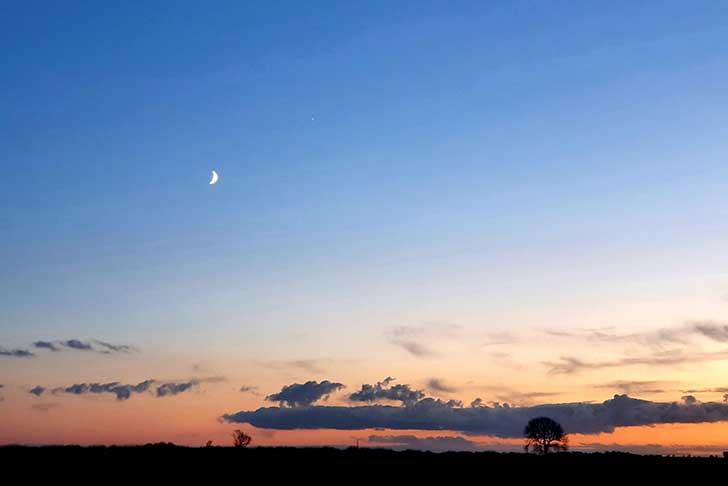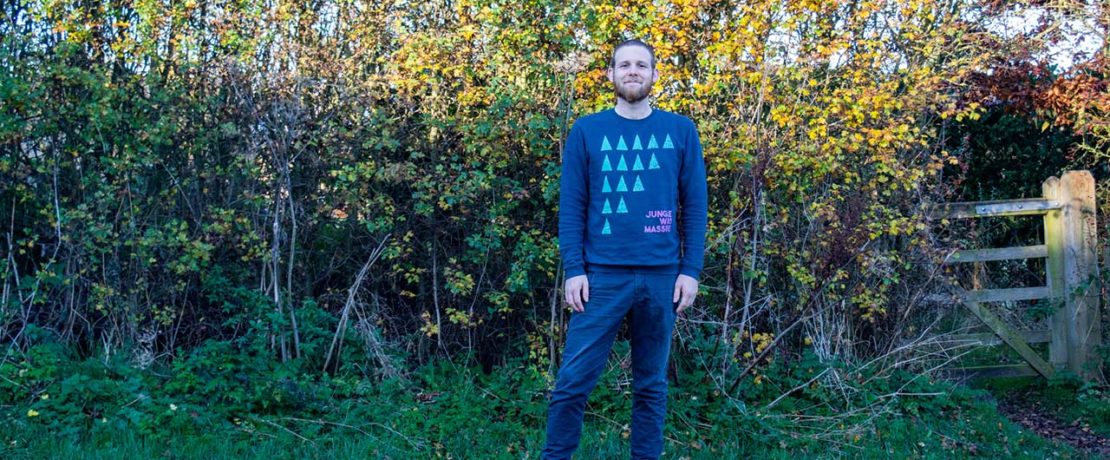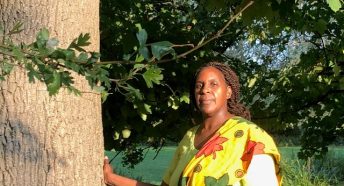‘We can learn so much from its rhythms’: self-care inspired by the seasons
CPRE staff member, gardener and blogger Lewis Townsend tells us what connecting with the natural world has taught him about mental health, life and death.
The idea of using the natural world to explore and address our mental health might seem far-fetched to some of us. Maybe it would feel too spiritual, too fairytale-like – or just at a distant remove from our busy, stimulated lives.
But there’s a fundamental truthfulness about the natural world that makes it so worth our patient exploration. Although it’s subject to human interference, it’s not clouded by it. The natural world is our world but without the noise.
‘One of my most powerful wards against the darkness’
I’m no stranger to being in a dark place. I’ve suffered from anxiety, depression and a variety of existential panics for about half my life.
Some of that I’ve been able to manage with therapy and medication, but I can say with some conviction that the natural world has been one of my most powerful wards against the darkness.
A good place to start with this is the seasons. Although the lines between them are becoming blurry, we still just about have four distinct seasons here in the UK.
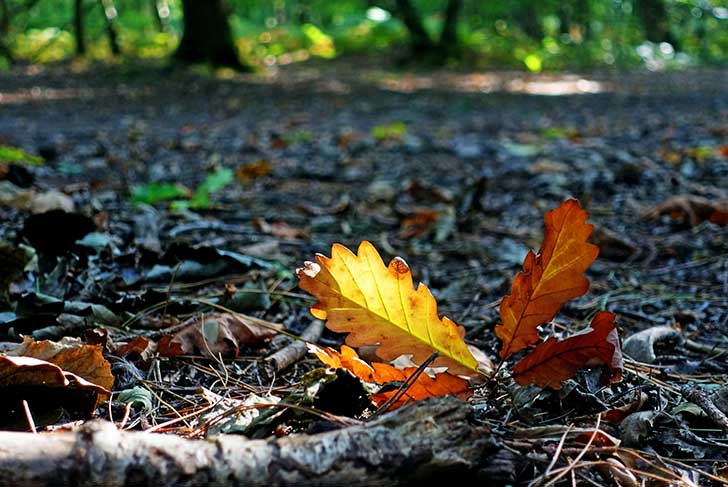
I’ve been reflecting on the too-often unloved seasons, autumn and winter, and how we can use changes in natural world as inspiration for our own wellbeing and self-care.
‘A celebration before a well-deserved rest’
Autumn is an interesting, beautiful time of the year. One of the most recognisable aspects of autumn is the spectacle of richly-coloured leaves drifting from deciduous trees and shrubs (those that lose leaves annually). Hedgerows, forests and even roadside verges are carpeted in stunning hues of bronze, amber, red and yellow.
We might feel sadness when autumn arrives, with the shortening days and lengthening shadows. But one way to look at it is that it’s the natural world’s swansong; a celebration before a well-deserved rest.
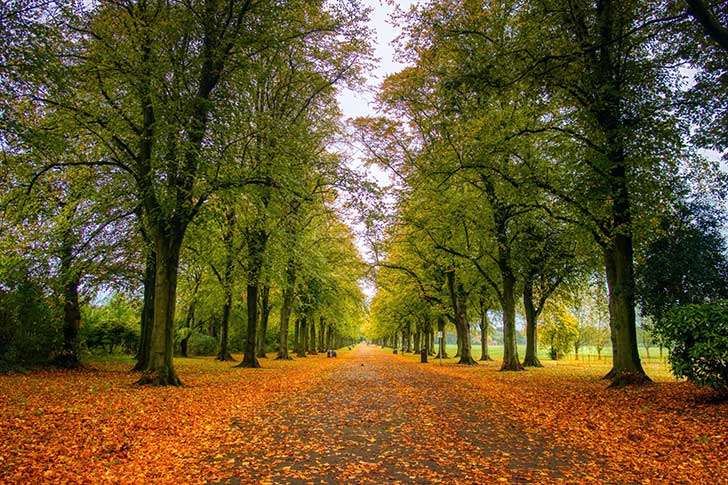
What’s happening when the leaves drop – what causes it? We can think of it as a plant’s way of demonstrating self-care.
Leaves have performed a vital task over spring and summer, busily converting carbon dioxide, water and sunlight into oxygen and nutrients to nourish the plant. Leaves are the foundation for a plants ability to grow and reproduce.
Autumn’s lower light levels and decreased temperatures cause the leaves’ chlorophyll (the pigment that makes leaves green) levels to drop. This is what causes leaves to turn our favourite autumn shades. It’s sometimes thought that the leaves are dying on the plant, but this isn’t the case. They’re just changing.

Hunkering down
These leaves are lost from the plant for a few reasons – but it’s the plant that initiates it. These trees and shrubs drop leaves largely to conserve energy and water in the stems and trunk. And, because the leaves have lost their chlorophyll, they’re no longer able to effectively photosynthesise (that is, to turn light, water and carbon dioxide into oxygen), so the plant no longer benefits from them. A bare plant is also better able to hold out through the seasons’ windy, stormy weather.
As the fallen leaves slowly decompose, they reinvigorate the earth with nutrients, provide nesting materials for birds and become food for all kinds of creatures. It’s not too far-fetched to suggest that some leaves eventually end back on the same tree as a new leaf – at least in part! A comforting thought.
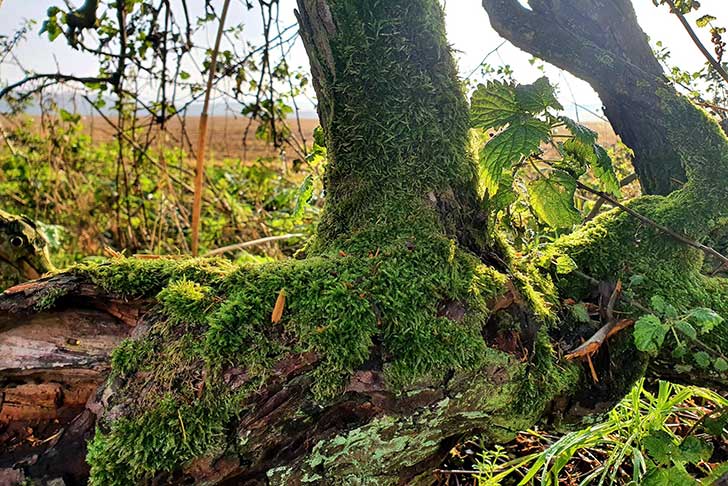
So what does this tell us?
Well, trees and shrubs are essentially allowing themselves to hunker down and rest during autumn and winter. These cold and dark months don’t lend themselves to productivity, so they carefully control energy expenditure and nutrient distribution to ensure that when the time comes, it’s ready to be its best, most productive self.
Most humans of course, generally do nothing of the sort over winter. In fact, the demands of festive celebrations often cause us to work even harder than during other times of the year. It’s no wonder that now more than ever, humans are prone to burnout, exhaustion, stress and anxiety.
Yet, all around us, a community of living things is showing us that it doesn’t have to be this way – and this has worked pretty well for the natural world so far!
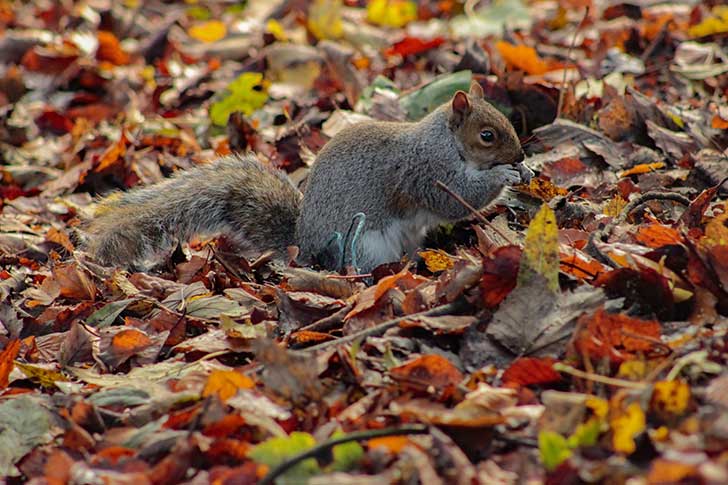
Be inspired and encouraged
We sometimes also associate autumn and winter with death and decay. This can trigger all kinds of emotional responses in us and can bring Thanatophobia (fear of death) to the fore. But I believe there’s much more to it. Instead, we can actually be inspired and encouraged by what happens during these months.
We’ve already touched on deciduous trees and shrubs, and how their leaves return to the ground, decompose and feed the earth again. This idea of ‘recycling’ is prevalent throughout nature because ultimately, we’re all made of the same stuff. So, with that in mind, even after we’re gone, we will continue to live in different ways.
But there are other types of plants that we should reflect on when we’re thinking about autumn.
Part of a cycle
Annual and biennial plants flower only once, in their first (annual) or second (biennial) year; imagine bright marigolds and cornflowers. The energy and determination that the plant needs to produce flowers and seeds causes it to die, which means that by autumn, many of our summer flowering plants have dying foliage and brown seed heads.
This might feel like a rather sad thing – a reminder of something passed, or finished. But this isn’t the full story.
In its lifetime, an annual or biennial plant has provided food and nutrients for insects and pollinators, as well as seed for birds and animals. This seed is dispersed so that the plant may live on.
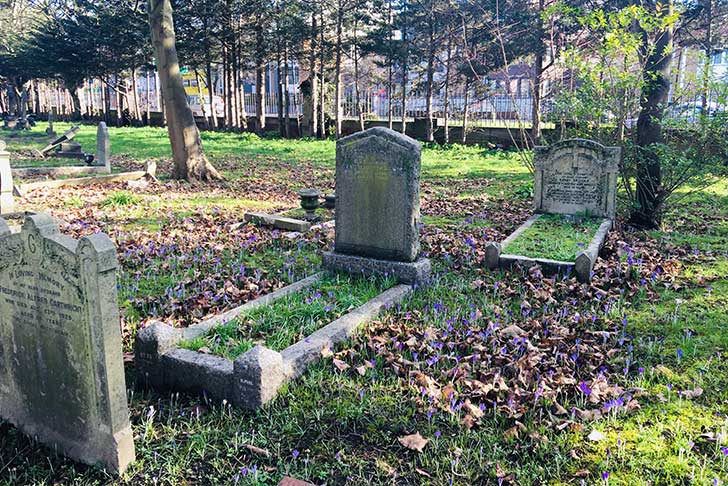
In time, small, resilient seedlings will pop up – possibly miles away from the mother plant. In the case of annuals and biennials – and indeed, humans – their death is not the end. It’s just part of a cycle, and during their life they did the best they could with the resources they had, helping a few fellow creatures out along the way.
Patience, regrowth and resilience
Finally, we come to perennials – think of lavender, primroses and ferns. This is one of our favourite types of plant – and I don’t think that’s a coincidence.
Their ability to spring back, year after year, seemingly from nothing, teaches about patience, regrowth and resilience. We feel comforted by the routine that they (mostly) stick to.
Perennials usually die back in autumn, and some gardeners cut the foliage back to its base. Many perennials make wonderful regenerative structures such as bulbs, tubers and rhizomes, and others simply come back from the root. Whatever system it uses, the plant enters dormancy over autumn and winter.
Dormancy is a process that enables a plant to operate in battery-saver mode. Autumn and winter are about being calm, quiet and patient – waiting until conditions are right to emerge. This rest state enables plants to survive extreme temperatures – more examples of our tree, shrub and plant friends reminding us of the vital importance of self-preservation.
‘Our sap will rise again’
The natural world isn’t all sunshine and rainbows, but we can learn so much from its rhythms. Autumn can help us understand that being our whole selves means knowing when to stop and rest. It can help us to realise that death isn’t a full stop at the end of a sentence.
We share our planet with a community of life that knows hardship. If we can adapt some of its methods, I’m hopeful that we can tackle some of our own demons. When the time comes, our sap will rise again and maybe we’ll even bloom, too.
